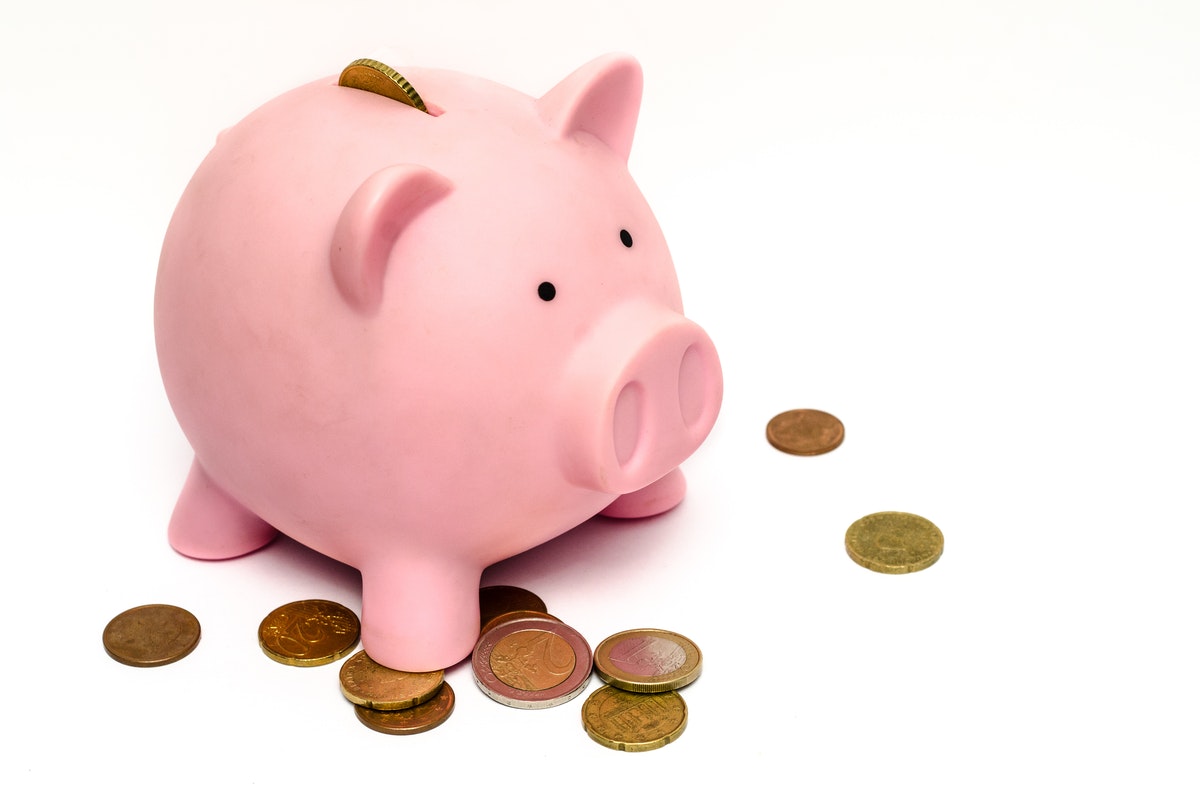
By now, everyone has probably heard of the success and fame that comes along with being a good investor. While some might think that a person should just go out and hope for the best by investing in whatever stocks look like they could be profitable, it doesn’t really work like that. Building an investment portfolio means more than just buying a lot of different stocks and hoping they do well because that’s really just speculation. In order to build a really good one, there are a few things that you need to keep in mind.
1. Use The Right Tech
The first thing is to make sure you use the right technology in order to build an investment portfolio. It might be a good idea for you to look into reliable 2022 stock tracking apps that let you monitor how your stocks are doing in real-time. Not only that, but it might be a good idea for you to look into apps that allow you to set up price alerts for certain stocks so that you’ll know when there’s a sudden drop or rise in the market.
On the other hand, if you want to invest in something like bitcoin, then it makes sense for you to look into apps that let you track changes in the value of the cryptocurrency. For example, if you want to invest in stocks, the great thing about making investments in today’s world is that there are plenty of tech solutions that can help you do it, so it’s much easier to ensure your portfolio is on the right track.
2. Know Your Risk Tolerance
Altcoins are a great investment option for some people, while others prefer investing in gold or the real estate market. Altcoins are good for making money, but they are also very risky. People who are okay with risk and want to make a lot of money might like altcoins. But it is important to remember that you can lose a lot of money too.
Gold has a medium level of risk. Most people invest in Gold Coins, which have a face value and a known market value. Gold might not grow fast like altcoins, but it is good against inflation and uncertain economic times.
Real estate can make you money by renting it out and it can go up in value over time. Historically the risk in real estate is low, but it is very important to think about things like changes in the market, how much it costs to fix things, and times when the property might be empty.
When you first start investing, it’s important for you to think about what kind of risk tolerance you have because knowing this will ensure that you invest in the right types of things. If high-risk investments aren’t your thing, then there’s no reason for you to even consider them because they’re not worth it unless you know exactly what you’re doing. Instead, look into lower-risk options like stocks or bonds that you know can help you achieve your goals without putting yourself in danger of losing all of your savings. While there’s always a certain level of stress when it comes to investing, it should never feel like speculation, and knowing what your limits are can ensure that you’re building a portfolio that can help you achieve your life goals.
3. Choose Your Asset Allocation Strategy
More than just knowing the specific stock or bond you want to invest in, you should also know how you want to split up your portfolio. Let’s say you know you want to invest in bonds, stocks, and real estate. You need to decide how many assets to put into each one so that you don’t have a portfolio composed of all three. You can do this based on the expected rates of return for each class, by implementing a buy-and-hold strategy if you want to be more hands-on, or constantly adjust the assets depending on how the market fluctuates. Of course, you could also go for the insured asset allocation strategy which means that you decide a base value for your portfolio that it should never go under. If it does, in this strategy, you would sell and reinvest into risk-free assets until you reach your target value again.
4. Know The Investment Portfolio Types
There are three main investment portfolio types – aggressive, moderate, and conservative. An aggressive investment portfolio is typically for people who aren’t afraid to take risks and want a high amount of capital gains. A moderate investment portfolio is somewhere in the middle that gives you good gains while still being relatively safe. Finally, a conservative investment portfolio takes less risk but also means lower returns overall. The great thing about building your own investment portfolio is that you can choose the strategy that best suits you, so knowing what these strategies entail is key. You could mix and match, but it might be easier to keep track of everything if you focus on one particular strategy. While diversification is generally a good thing, you shouldn’t stretch yourself too thin trying to invest in as many different things as you can. You can also expect a good return on your investment by working with short-term investments and liquid assets.

The great thing about investing is that you don’t need to be an expert in order to build a good portfolio, but you should at least know how to use the latest technologies and asset allocation strategies so that your investments are on track for success. It’s great knowing that you can play such a big part in building wealth for yourself, but it’s even more exciting when you can do it in a safe manner that also gives you the freedom to adjust things when needed.